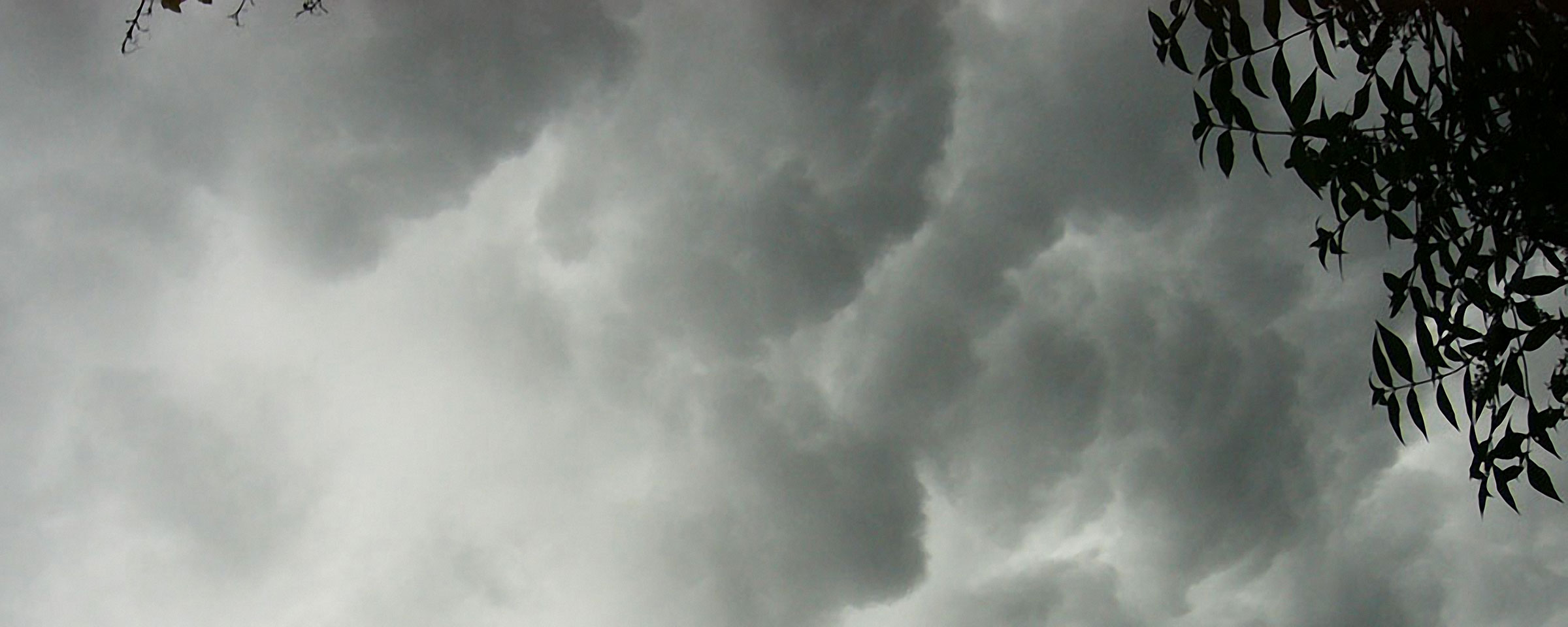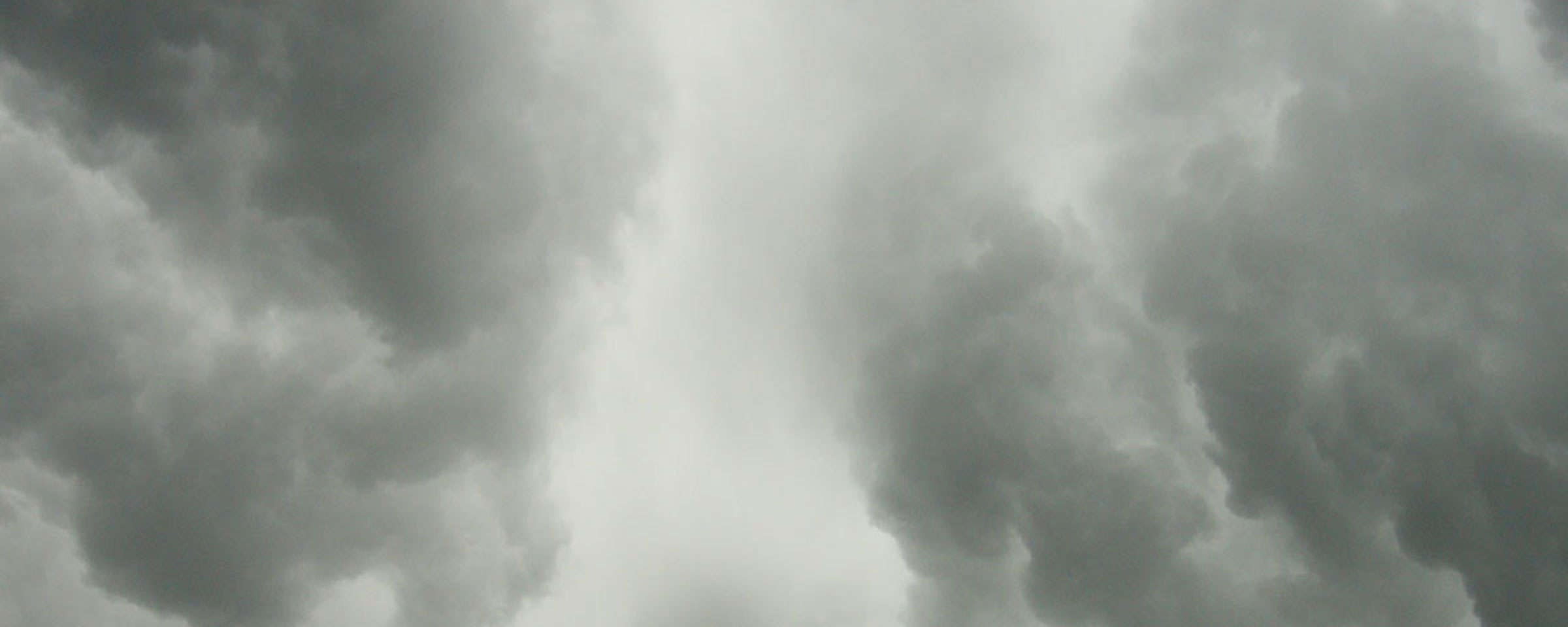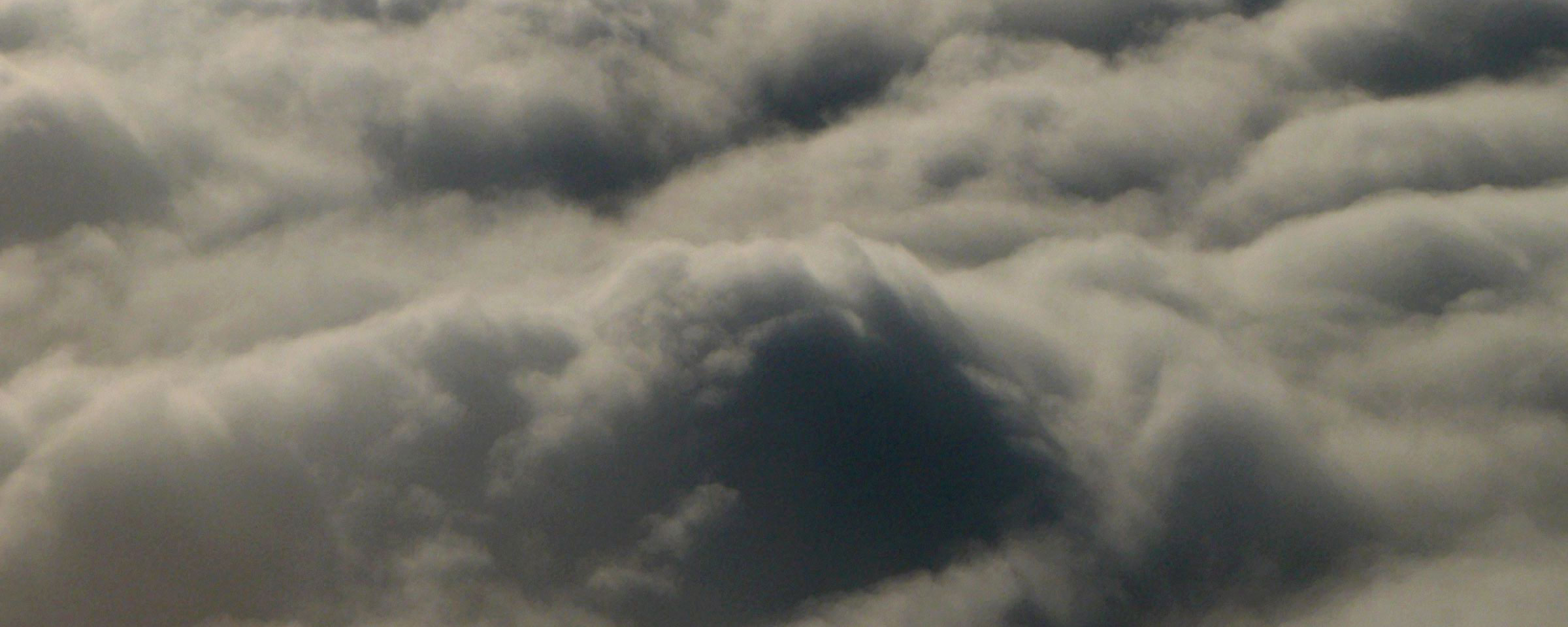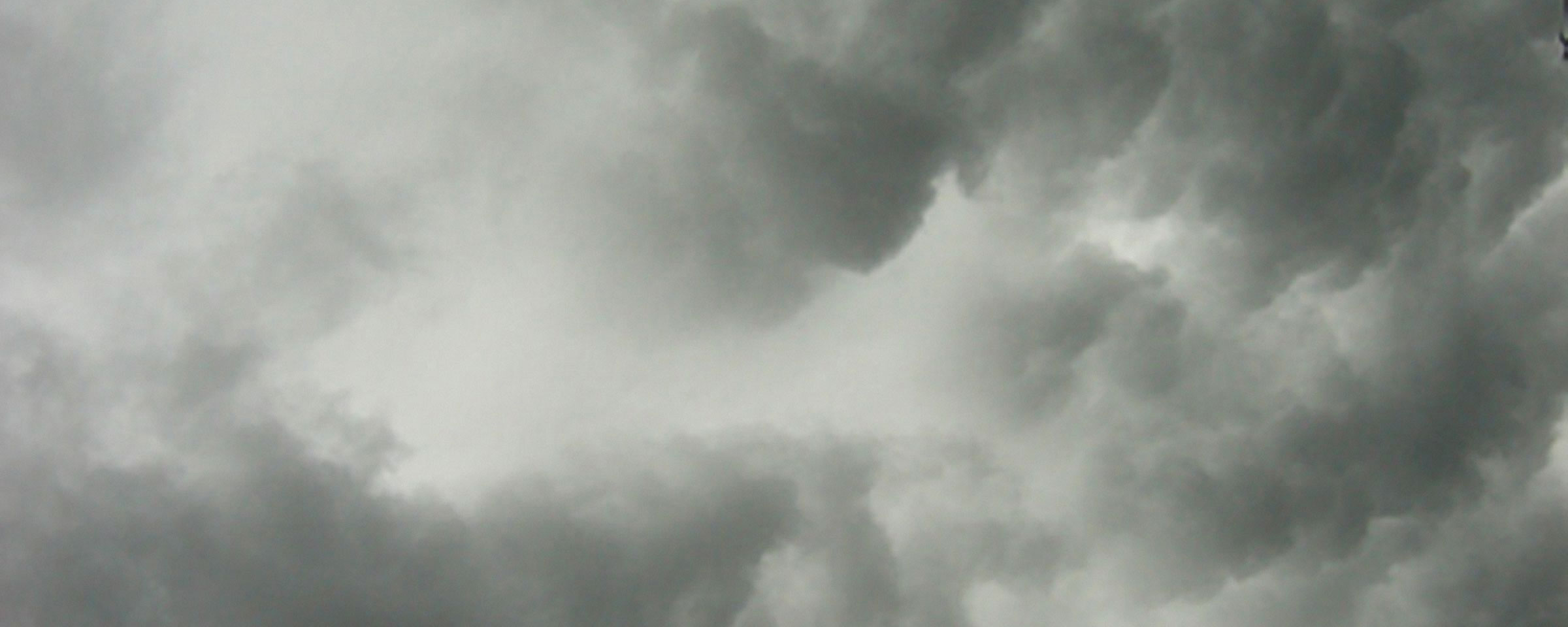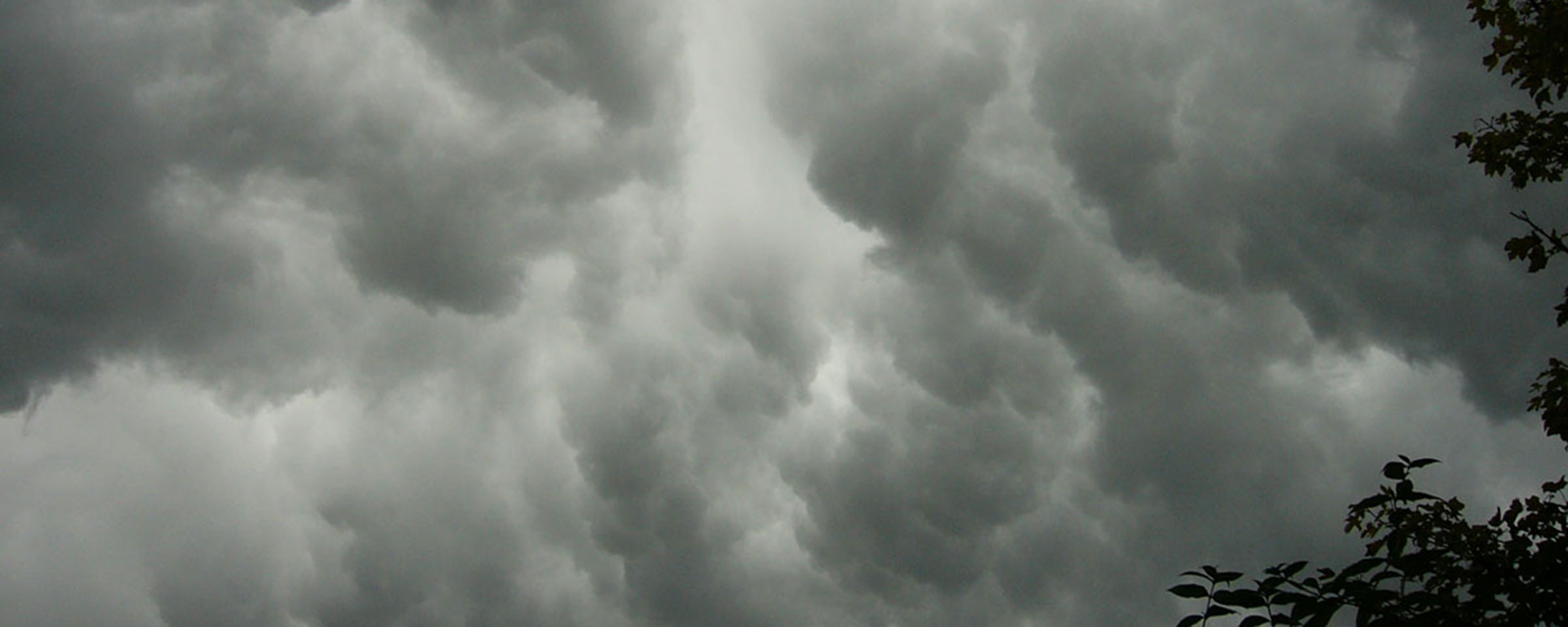
The British Library is home to the UK’s national collection of radio recordings in its sound archive. They range from 1924 through to the present day and include programming of all kinds, both public service and commercial. The arrival of the internet, and internet radio, has freed creative programme makers from the need for transmission equipment, broadcast schedules and sponsorship, and ushered in an era in which almost every imaginable approach to programme making is now possible.
Although the artistic possibilities of radio were recognised almost as soon as the medium was introduced back in the early 1920s, the full possibilities of art radio and of radio art are even now only being explored by a small number of pioneering stations around the world, of which Touch Radio is one. The range of approaches adopted by these stations can be as diverse as the interests and personalities of the producers themselves. Freed from the concerns of advertisers, charters, sponsors, licenses, departmental policies or house styles, the programme contributors are allowed to be as straightforward or as creatively original as they like.
This collection represents the complete Touch Radio archive to date: around one new programme released monthly since January 2005, each varying in duration from a few minutes to over an hour. The collection will be updated from time to time as new recordings become available.
The British Library is the national library of the United Kingdom and one of the world’s greatest research libraries. It provides world class information services to the academic, business, research and scientific communities and offers unparalleled access to the world’s largest and most comprehensive research collection. The Library’s collection has developed over 250 years and exceeds 150 million separate items representing every age of written civilisation. It includes: books, journals, manuscripts, maps, stamps, music, patents, photographs, newspapers and sound recordings in all written and spoken languages.
Touch Radio on the British Library’s Archival Sound Recordings website
